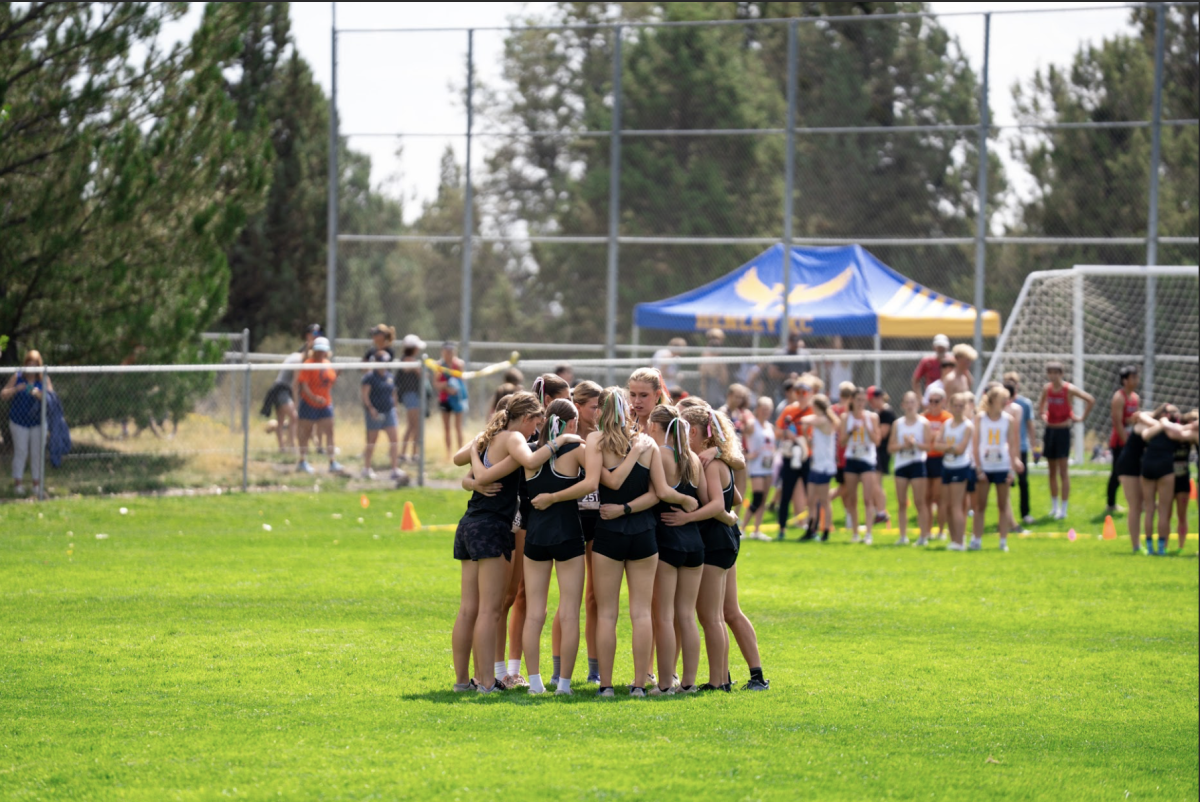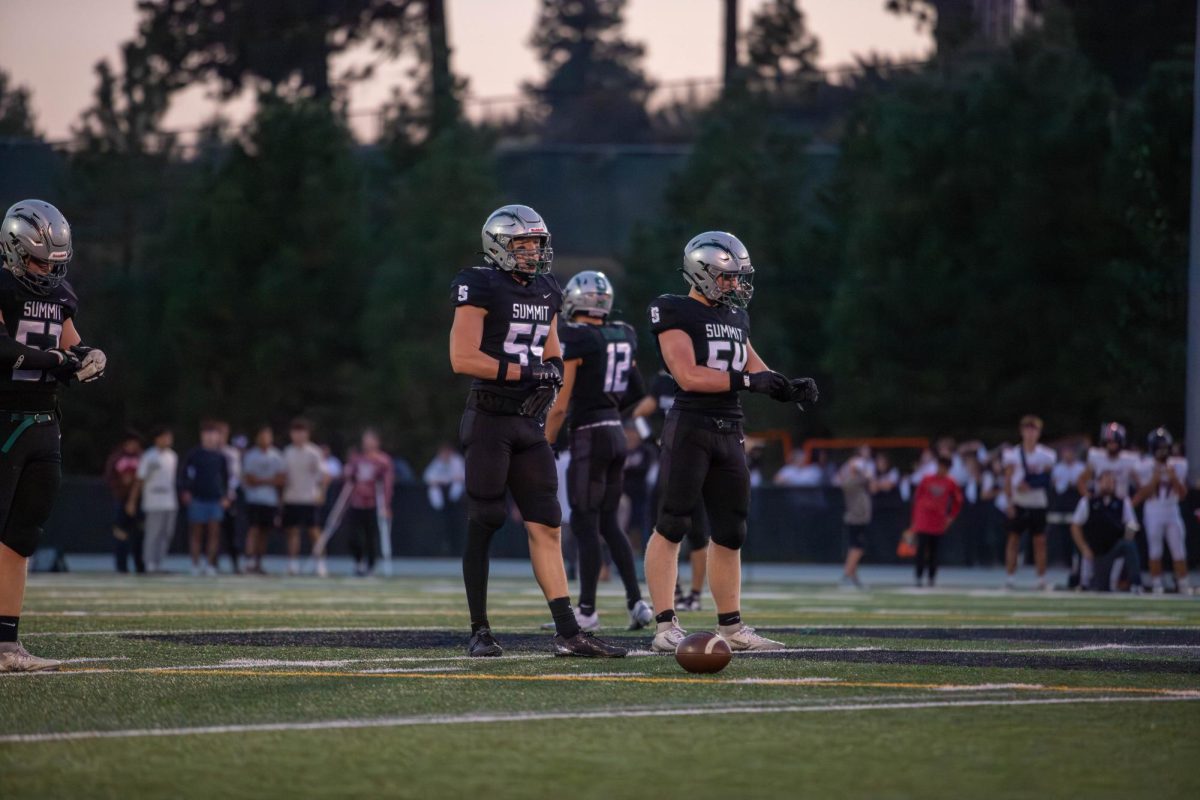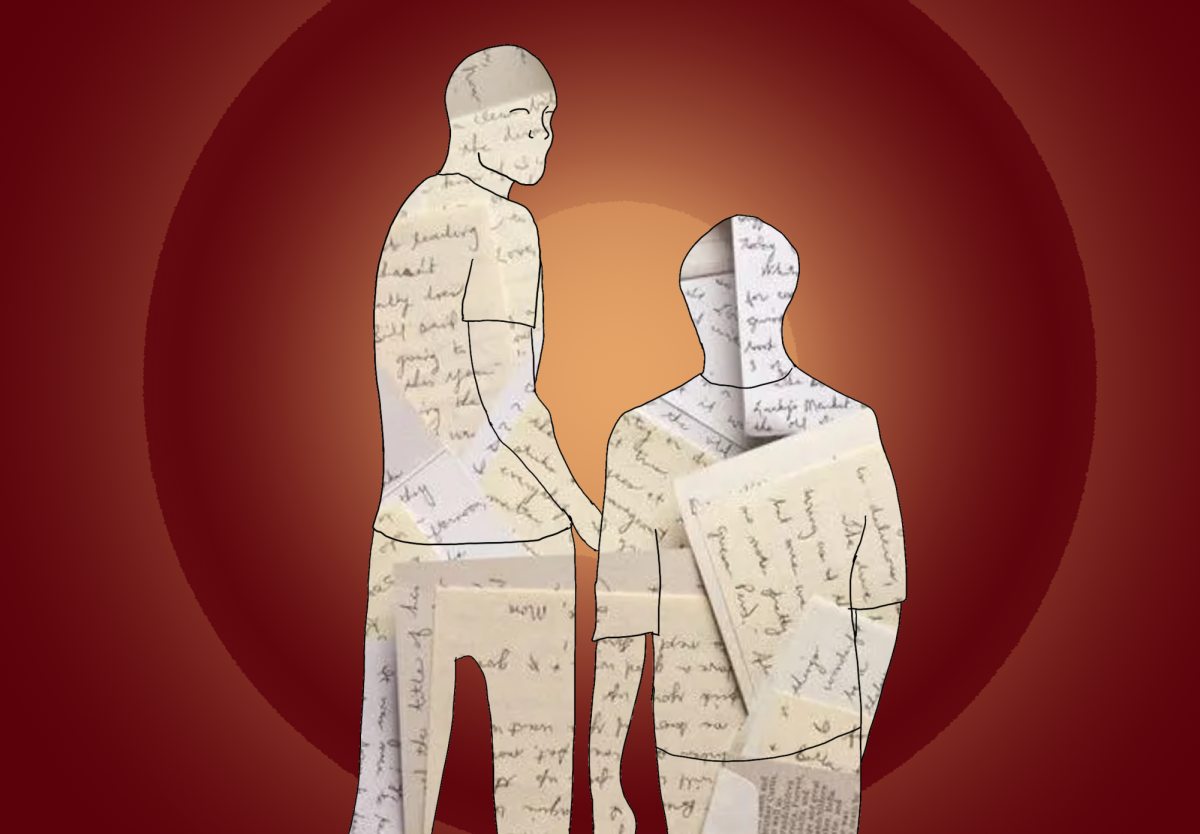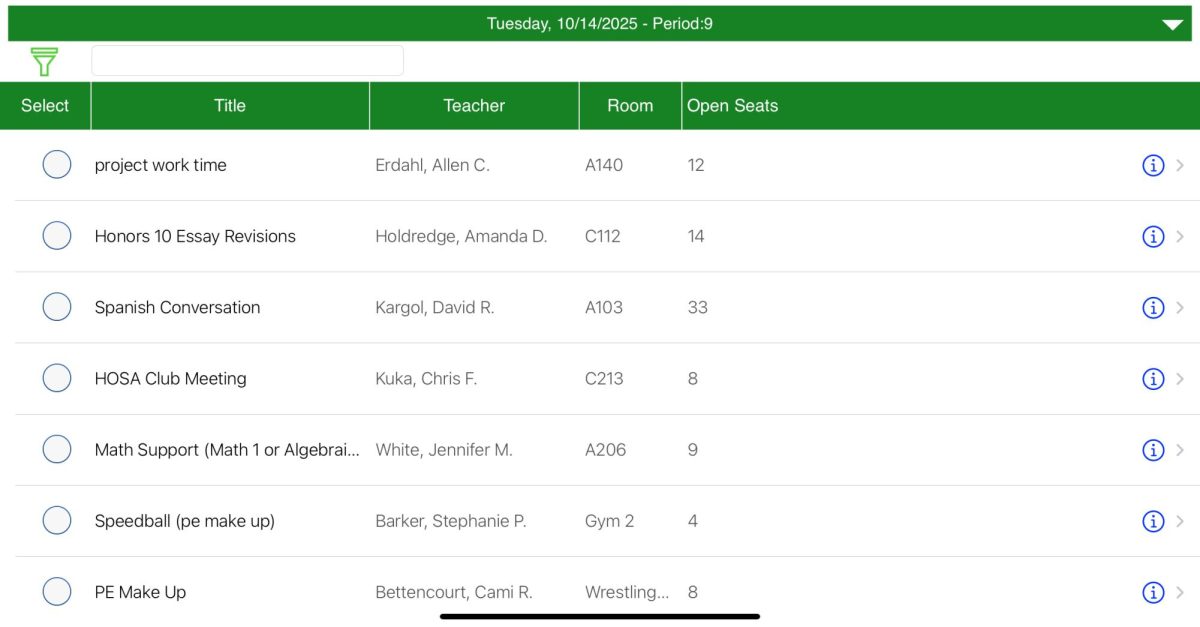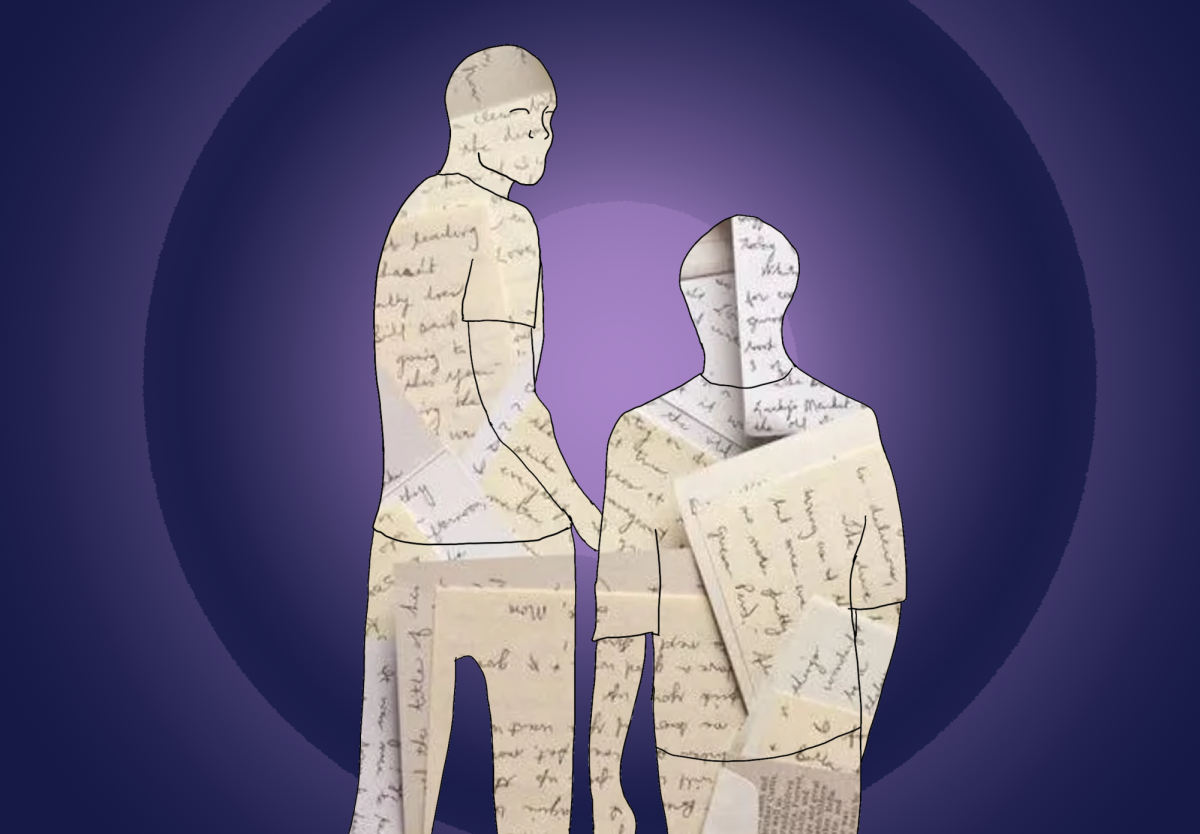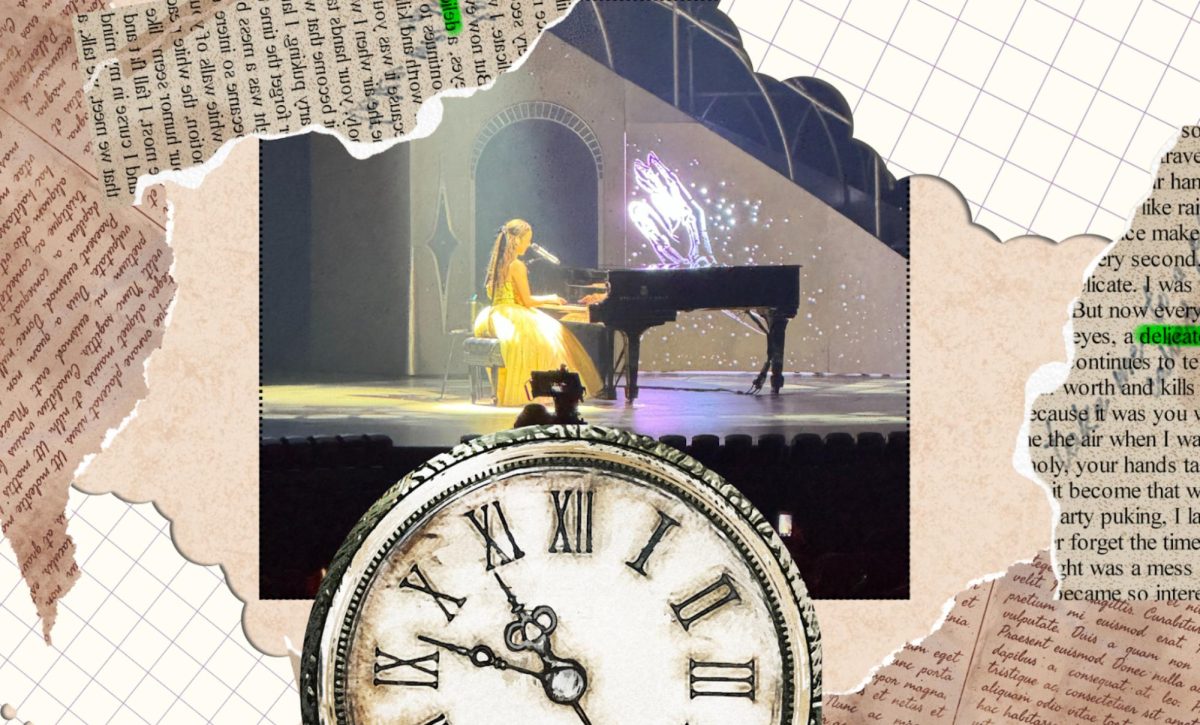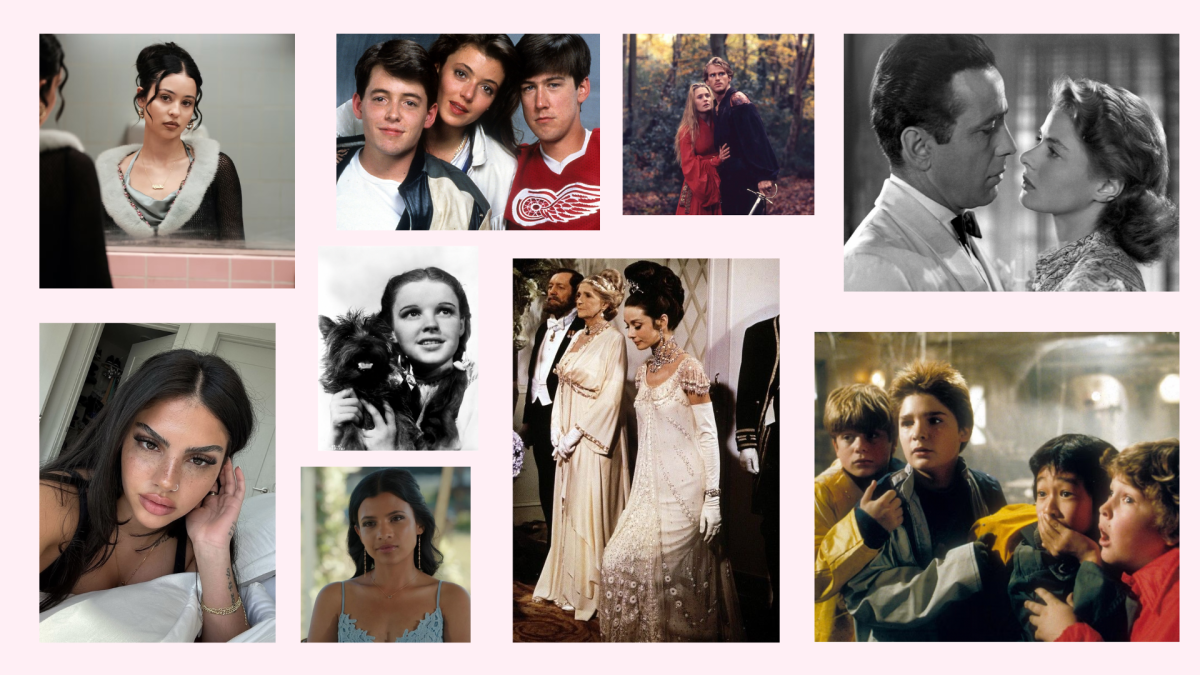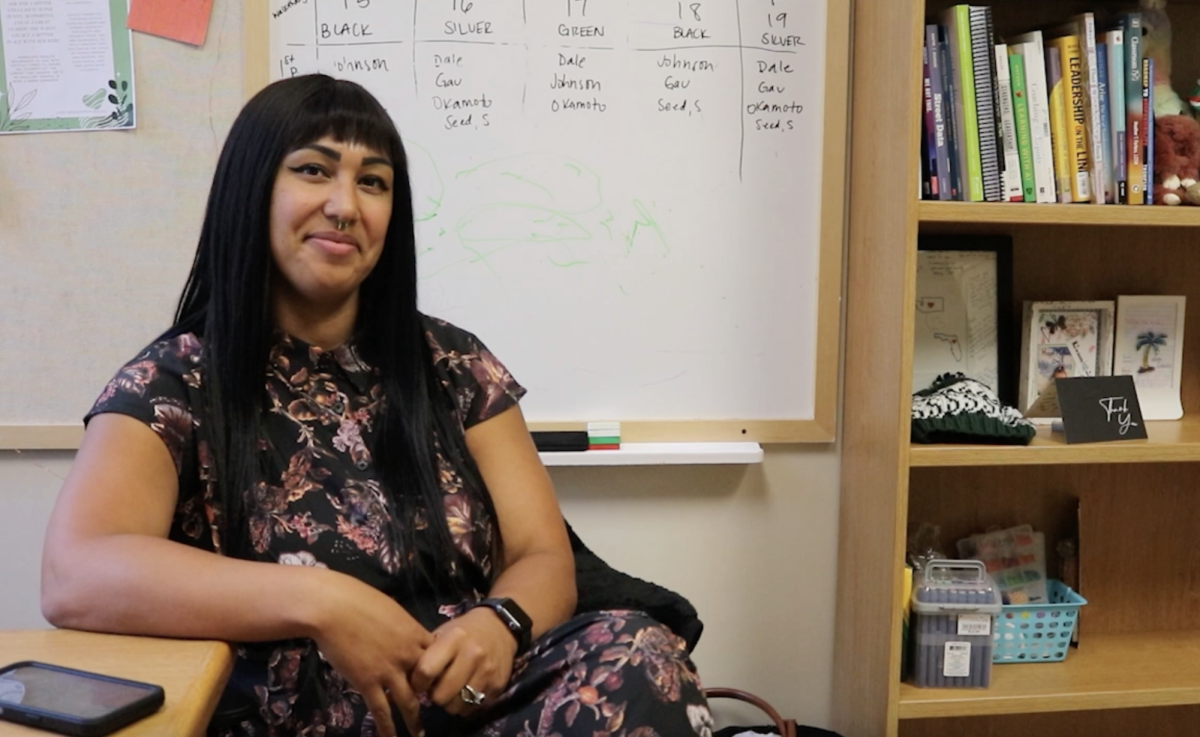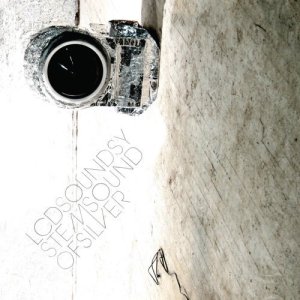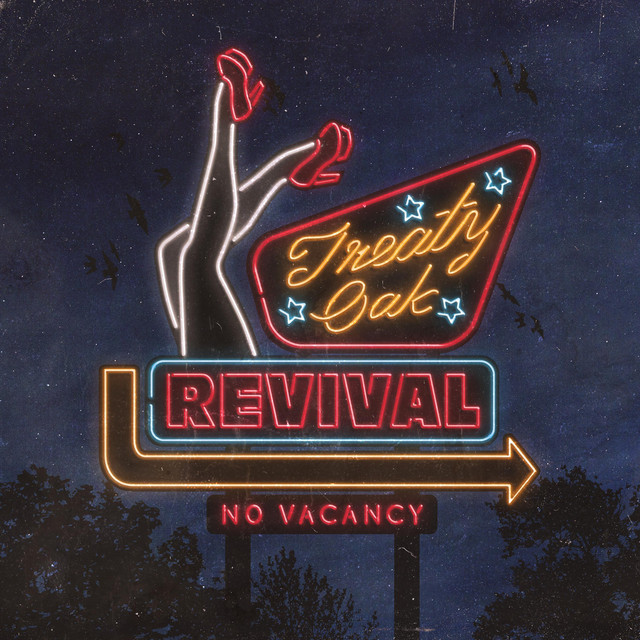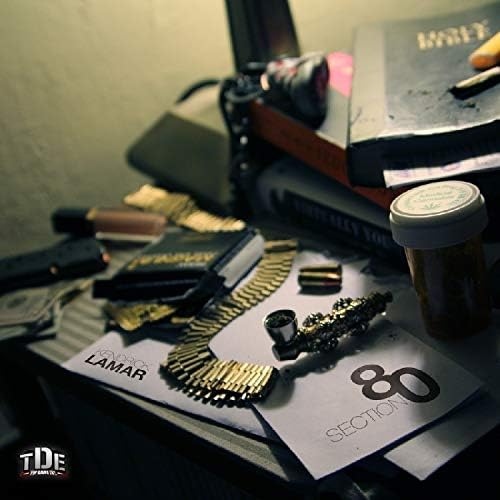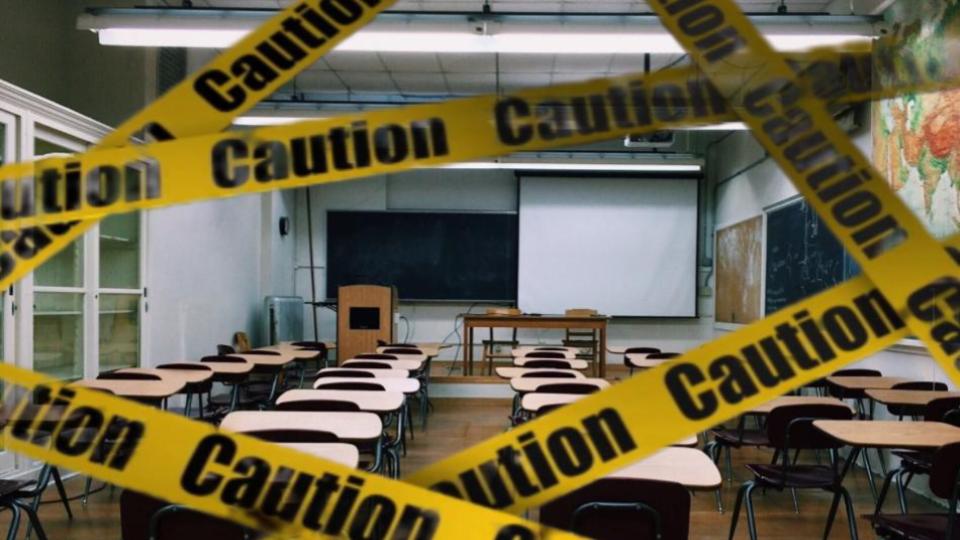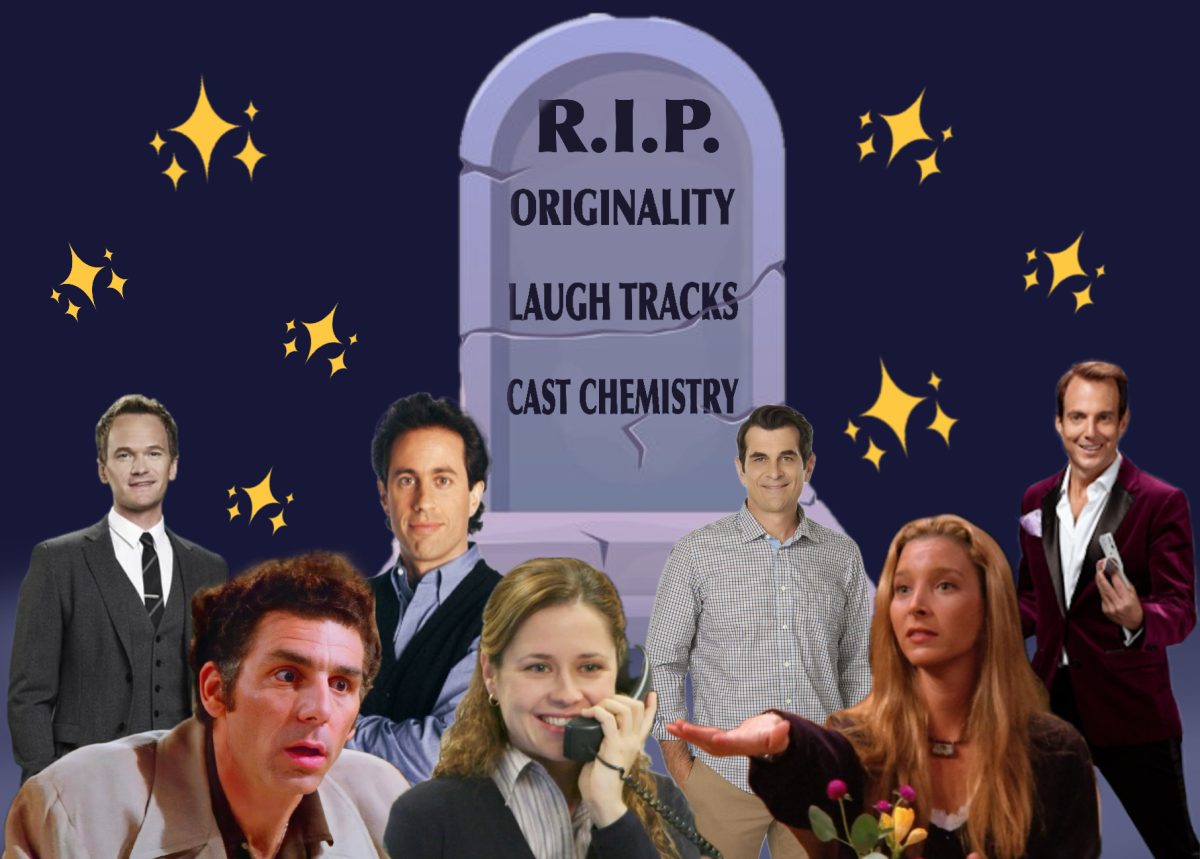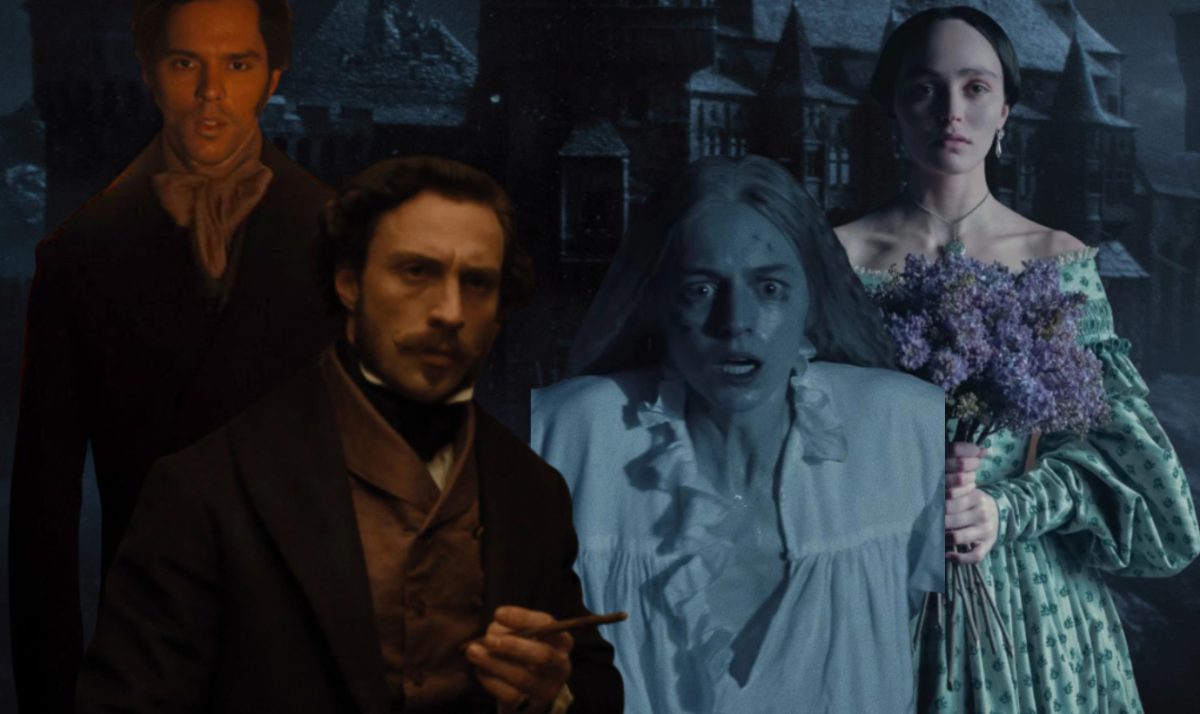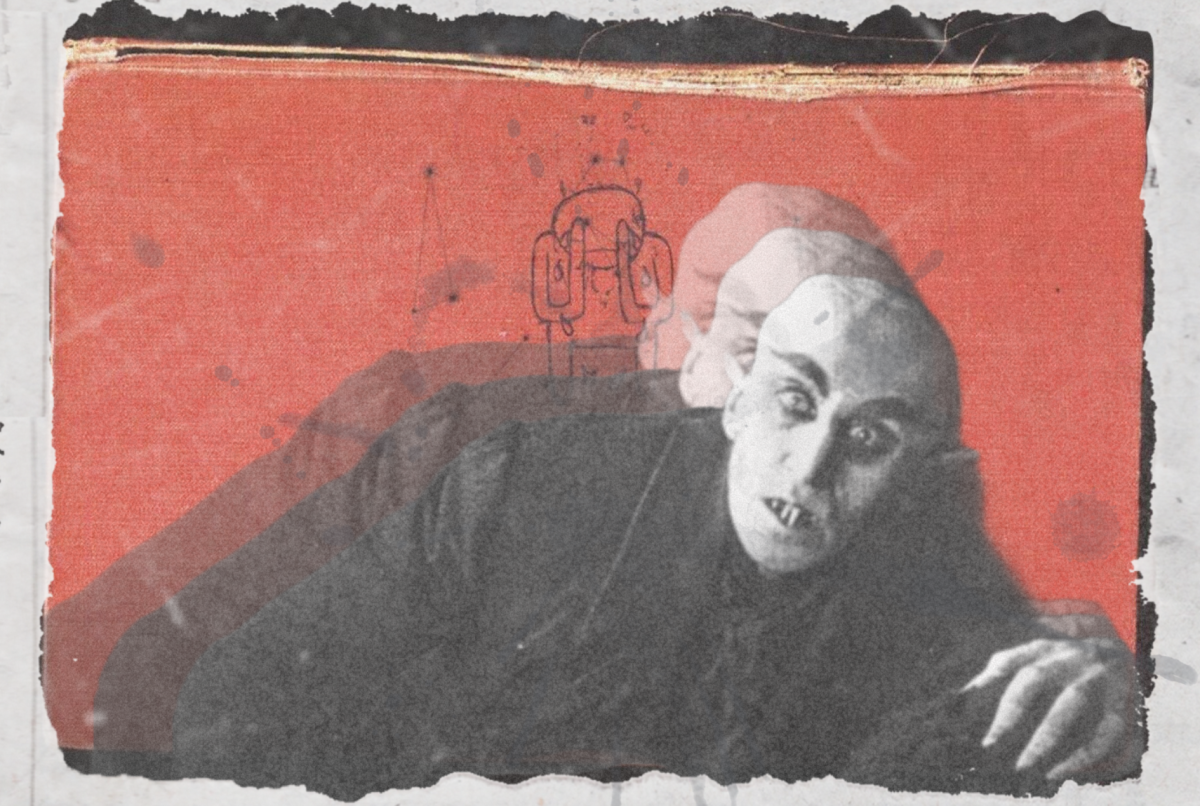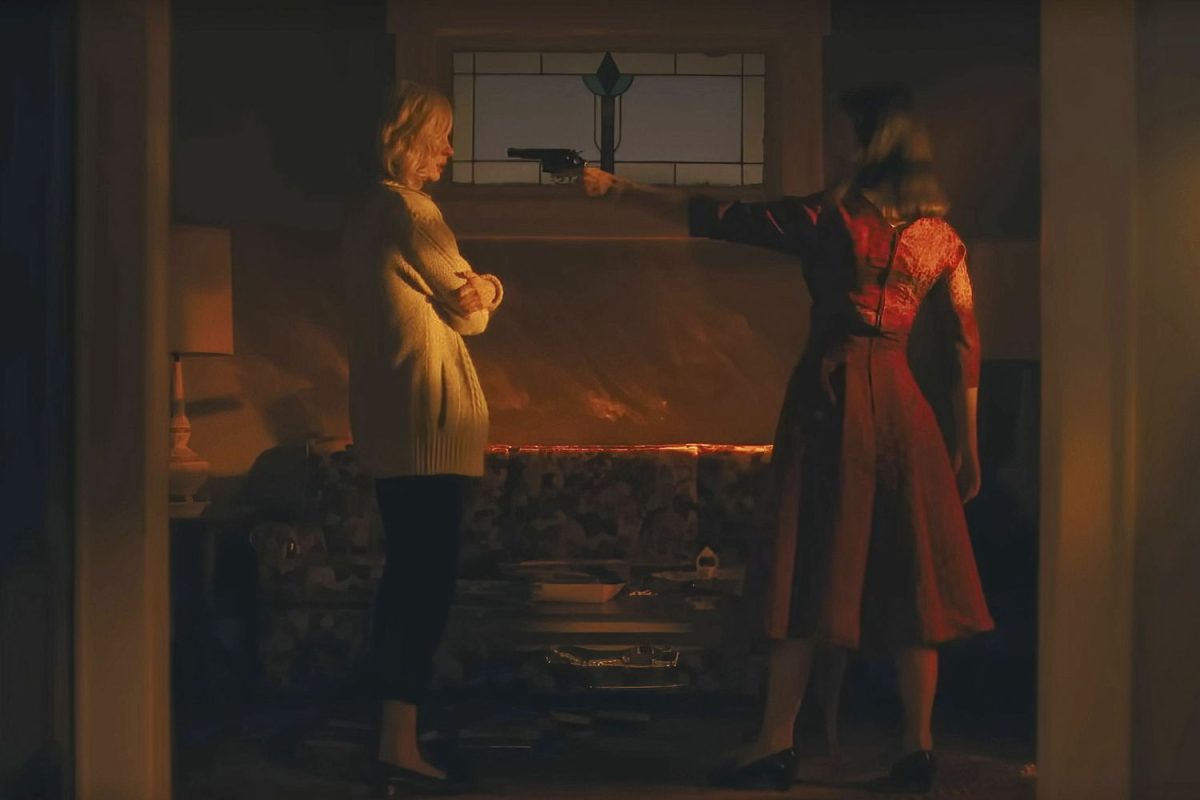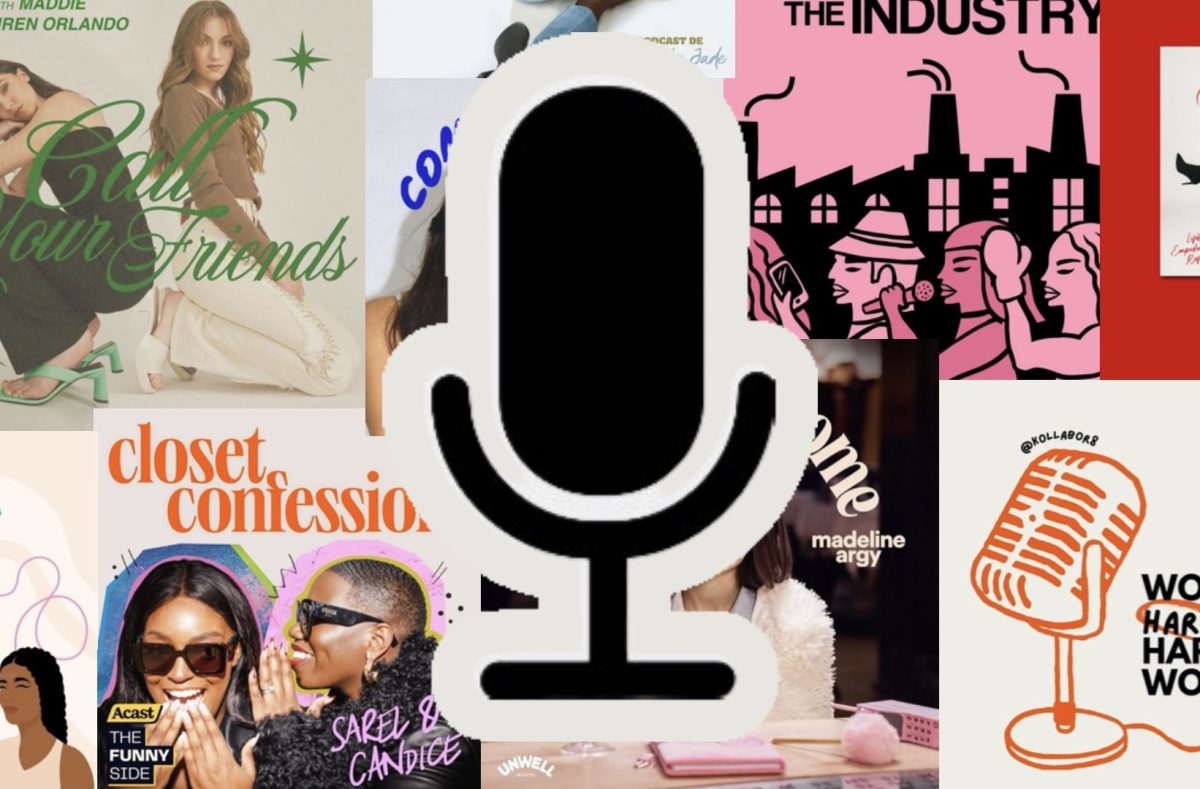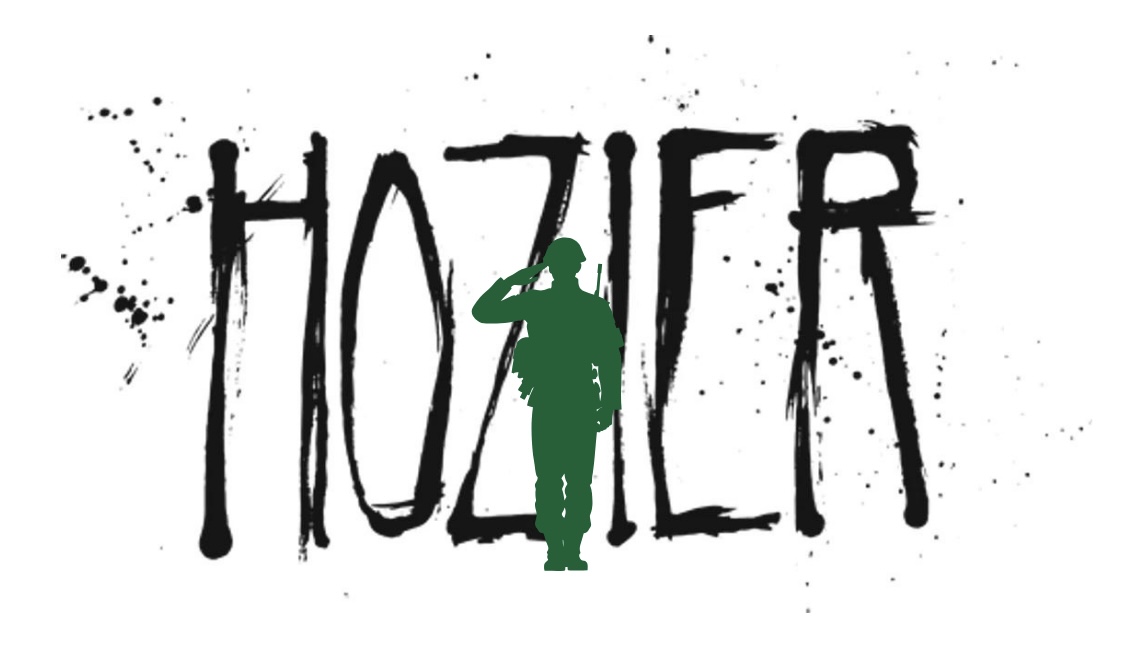As police officers surround a typical, cookie-cutter house in a suburban neighborhood, the last thing you’d expect to see is a 13-year-old boy getting arrested. This opening scene of “Adolescence” sets an eerie tone for the rest of the show.
Netflix has been on a roll with their multiple original mini series for the past few years. On March 13, they released the four-episode show, “Adolescence,” which has been a major success. This British crime-drama received 99% positive reviews on Rotten Tomatoes and much praise from audiences. Mainly regarded for its twisted storyline and commentary on real-life issues, “Adolescence” exposes the normalcy of misogyny within young boys.
“The filming was so impressive and for being so young, the actors did such a good job,” said Summit sophomore Charlie Baker. “I thought the story was so realistic and it made me really sad knowing this is something that could actually happen.”
The show follows Jamie Miller (Owen Cooper), a 13-year-old boy who gets arrested for the murder of his female classmate, Katie. While in custody, Jamie’s dad, Eddie Miller, desperately tries to stand by his son’s side even as the officers show overwhelming evidence against him. Jamie’s psychologist, Briony (Erin Doherty), uncovers the motivation behind the crime as well as the mental health and social aspects that could have influenced him. As all these perspectives of the situation get woven together, a bigger picture is built.
Relying heavily on dialogue, “Adolescence” still manages to stay very engaging as the storyline progresses. A majority of these tense talking scenes revolve around Jamie and his psychologist Briony as his motives are uncovered. In one scene Briony asks, “Did her weakness make her more gettable?” With this one question she manages to sum up how Jamie views women with no empathy.
“Adolescence” is written in a very emotionally realistic way. This style of writing combined with the fantastic performances from the talented actors cause the audience to immediately become invested in the show. To further the authenticity, each episode was filmed in one take which helped build suspense through the scenes. Without any cuts or major angle changes, the actors’ chemistry is amplified.
The actors skills are most notably seen in episode three which is filled with great dialogue and suspense. In this episode, Jamie meets Briony and starts their session where they discuss how Jamie views his own masculinity and those around him. It becomes clear that Jamie feels he needs to control women, wanting them to fear and like him simultaneously. Briony’s ever-pressing questions cause Jamie to grow uncomfortable and lash out at her. He becomes very intimidating, pushing over his chair and screaming in her face, scaring Briony even at his young age. This scene gives the audience a first glimpse into how things escalated to the murder of Katie.
Although the plot was not directly based on a true story, the directors added elements from real cases dealing with young boys committing crimes like Jamie’s. “Adolescence” serves almost as a cautionary tale to the “red pill” mentality, commenting on how this concept is reaching younger audiences than ever before. Stemming from social media, this mentality is a trend of boys promoting toxic masculinity and traditional values. The demonstration of these ideals through Jamie are the same ideas we see in hyper masculine podcasts or influencers who have gained larger audiences in recent years. “Adolescence” manages to capture how young boys’ hormones combined with immaturity, when exposed to these ideas, can be dangerous. While many may claim that boys only become misogynistic in certain conditions, even with a loving father figure such as in “Adolescence,” many can still be confused on how to express themselves.
“Adolescence” lays out the disturbing reality of the correlation between mental illness and social media. It’s essential we pay more attention to what media kids consume while growing up so that, as a society, the themes in “Adolescence” aren’t repeated





